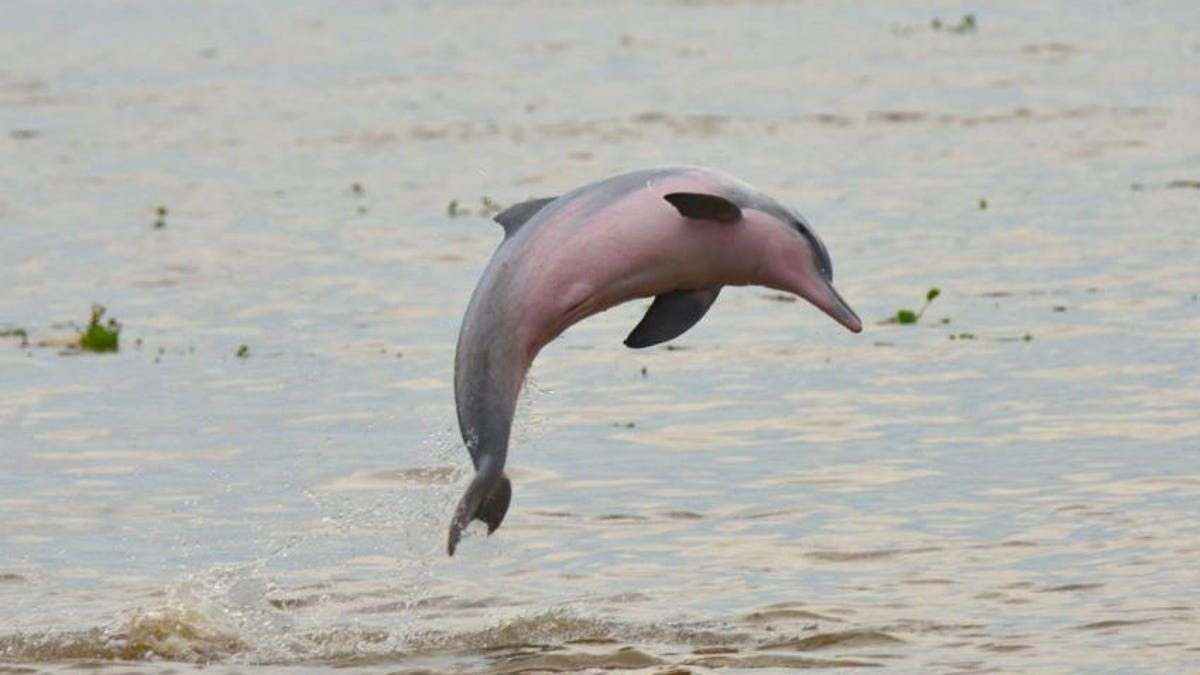Bison recovery offset by 31 animal and plant species declared extinct
According to an updated IUCN Red List of Threatened Species, all of the world's freshwater dolphin species are also now close to extinction.

All of the world's freshwater dolphin species are now threatened with extinction.
With the small gray dolphin moving into the endangered category on the IUCN's latest Red List of Threatened Species, all of the world's freshwater dolphin species are now listed as threatened. Of the 128,918 species included on the updated list, released Thursday, 35,765 are threatened with extinction as of December, according to the conservation organization.
And 31 plant and animal species have gone extinct, including all 17 freshwater fish species found mostly in Lake Lanao and its outlet in the Philippines.
There is at least some positive news in this week's report. Europe's largest land mammal, the European bison, has moved from vulnerable to near threatened.
The bison and 25 other species recoveries documented "demonstrate the power of conservation," Bruno Oberle, IUCN director-general, said in a statement. "Yet the growing list of extinct species is a stark reminder that conservation efforts must urgently expand. To tackle global threats such as unsustainable fisheries, land clearing for agriculture, and invasive species, conservation needs to happen around the world and be incorporated into all sectors of the economy."
The European bison population has seen a recovery, thanks to continued conservation efforts.
The small gray dolphin is mostly found in the Amazon river system. Its numbers have been severely depleted by fishing, river damming and water pollution. Eliminating the use of curtains of fishnet called gill nets, which hang in the water, and reducing the number of dams in their various habitats are priorities that should help numbers recover, the IUCN says.
The Chiriqui Harlequin Frog, endemic to Costa Rica and Panama, is now extinct.
Three Central American frog species are also now considered extinct. Additionally, 22 frog species across Central and South America are listed as critically endangered (possibly extinct). The main reason for these extinctions could be chytridiomycosis disease, an infectious disease caused by the chytrid fungus that affects amphibians worldwide.
"As a conservationist, the most emotionally impactful news to present is the confirmation of extinction. The causes range from overexploiting to disease, with some threats easier to mitigate than others," Thomas E Lacher Jr., a professor of wildlife and fisheries sciences at Texas A&M University, said in a statement.
Grevillea caleyi, from the protea family, is now listed as critically endangered.
Animals aren't the only species on the extinct and nearly extinct list. According to the new list, 45% of the protea family of plant species are now considered vulnerable, endangered or critically endangered. These flowering plants grow mainly in the Southern Hemisphere. And three macadamia species have entered the IUCN Red List as threatened with extinction in the wild.

